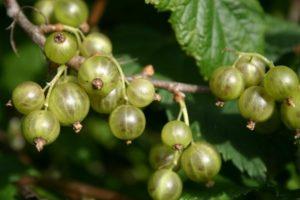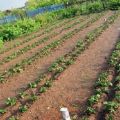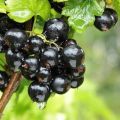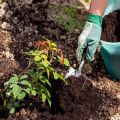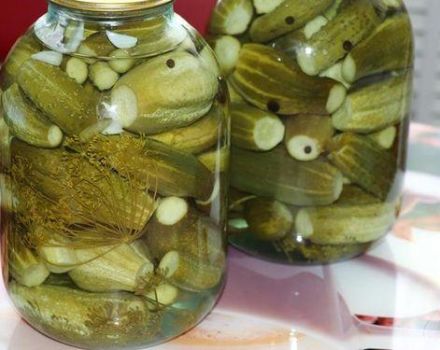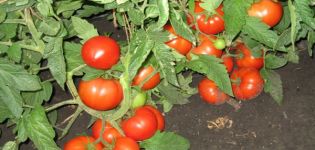The use of potato peelings for currants as fertilizer
Potato peel is not particularly valuable in cooking, but is one of the best organic fertilizers for summer cottages. Potato peelings are used to protect currants from pests, provide the bush with nutrients, increase yields and improve the taste of berries. The main condition is the correct preparation of feeding.
Potato peel properties
The potato peel contains a lot of nutrients that are required for the full development of the culture. It is an organic growth stimulant that promotes intensive green mass growth. Fruits from bushes, which were fertilized with potato skins, are juicier and sweeter, since the dressing contains a large amount of glucose and starch.
Potato peel properties:
- saturates the soil with nutrients and increases fertility (the components are easily digested by bacteria);
- increases soil looseness, providing an enhanced flow of oxygen and nutrients;
- accelerates the growth of currant bushes;
- protects plants from the negative effects of pests.
The fertilizer is affordable and effective, its main advantage is safety for people, animals and the environment. Unlike chemical preparations, it is impossible to oversaturate or "burn" plants with such feeding.
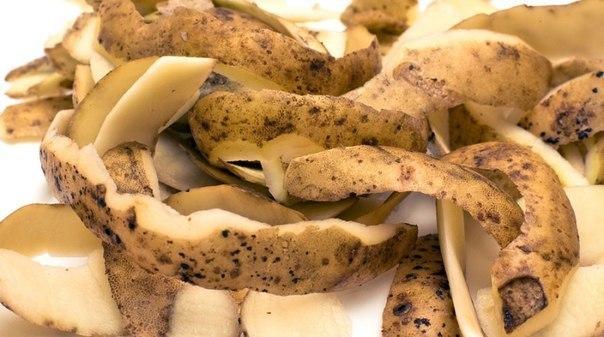
How to harvest potato skins
The benefits of fertilization depend on the preparation of raw materials for storage. Purification is prepared in two ways - dried and frozen. Everyone chooses the most convenient option for themselves.
Drying
In order to fertilize currants with high-quality feeding in the spring, you need to properly dry the raw materials. The procedure is as follows:
- Potato peelings are thoroughly washed in a weak solution of potassium permanganate.
- The raw materials are squeezed out, left in the air for some time to evaporate moisture.
- Next, prepare the fabric or paper and move on to the main stage.
- You can dry potato skins both outdoors and in a ventilated area, spreading it out in a thin layer. You can use a microwave or oven. Drying is allowed on a battery, but always in a room with a regular supply of fresh air.
- Usually 10 days is sufficient. It may take longer depending on the thickness of the potato peel and environmental conditions.

If the potato skins are to be dried indoors, it is important to ventilate them regularly; when drying them outdoors, to avoid exposure to direct sunlight.
In the oven, the peel is dried for 3-4 hours at a temperature of up to 100 ° C.A baking sheet is covered with parchment paper and the raw materials are evenly distributed in one layer. The door is left ajar.
In the microwave, drying is even faster, especially at high power. To speed up the process, the peel is chopped with a knife. Cleanings are dry when they are translucent and brittle.
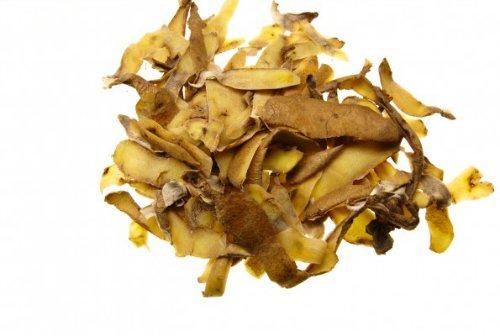
The finished fertilizer is packaged in fabric bags and put into the pantry. If the raw materials have been dried naturally, a cold place is chosen for storage. For example, a balcony, an unheated garage or shed.
Freezing
This method is used less often because the volume of freezers is limited and there must be enough space to store food. However, you can harvest fertilizer in winter and store it on the balcony at a temperature no higher than -1 ° C. Before freezing, the cleaners are washed and dried. You can twist them in a meat grinder. Re-freezing is prohibited.
It is more convenient to use dried fertilizer, but there are more nutrients in the frozen peel.
Frozen dressing from an open container must be used in full. Dried cleaners last longer and are used as needed.

How to apply fertilizer?
It is important to understand not only how to perform the procurement work, but also how to feed the currants with potato peelings. You can use one of three options - infusion, gruel, flour.
Infusion
The frozen top dressing is thawed at room temperature. Raw materials (2 kg) are combined with hot water (10 l), mixed thoroughly and left to infuse for 24 hours. Each bush of black or red currant is poured with a liter of strained means.
Dried fertilizer can be prepared in a similar way. Raw materials are used less - 1 kg. Watering begins at the end of March. It is recommended to water the currants with infusion for 10 days in a row. You can re-feed the bushes during the period of ovary formation, when ripe and 7 days before harvesting. In this case, the watering time is reduced to 3 days.
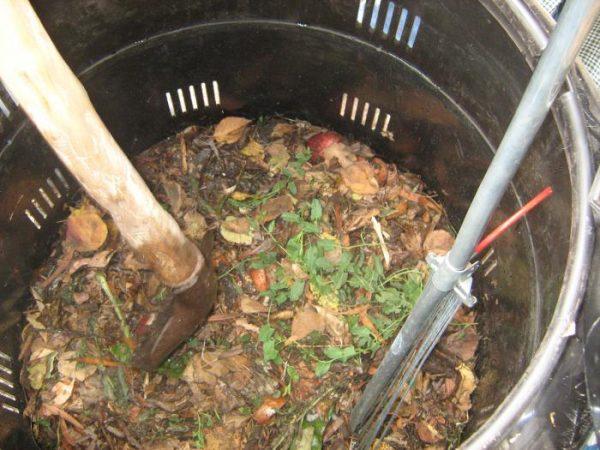
Gruel
The product is prepared on the basis of dried raw materials. The peel is placed in a previously prepared container and poured with hot water, mixed periodically. This approach allows you to get rid of microbes, pests and fungi.
After 7 days, when the cleaners have absorbed moisture, they can be easily turned into gruel. The product is ready to use. The top dressing is filtered and used for watering every 14 days. You can bury the gruel next to the bush.
Flour
Dry peel is crushed using a coffee grinder, blender or meat grinder. Fertilizer is universal, it is stored in bags made of fabric, but not for long. With prolonged storage, pathogenic microorganisms and pests may appear in flour, and the process of decay may also begin.

Result from dressings
Potato peel as a fertilizer for currants is the most effective composition for nourishing and protecting crops from possible harm. This is a universal remedy that can almost completely replace chemical fertilizers, since the composition contains a lot of useful substances for the full development and growth of bushes.
Potato peelings can be applied in autumn, spring and summer. As a result, fertility increases and the structure of the soil changes, the fruits are large, juicy and sweet. It is also recommended to fertilize the soil before planting the crop.

Organic fertilizers decompose faster because bacteria in the soil are involved in their processing. Macro-, microelements and other components of the potato peel quickly penetrate the root system. If, when using other organic fertilizers, both the plant itself and the weeds grow intensively, then when potato peelings are applied as fertilizer, such a “side effect” is not observed.
Restrictions on use
Fresh peel is not used, as it rots and attracts the attention of rodents. It is all the more impossible to bury raw cleanings, the decomposition process is long and is accompanied by an increased risk of developing diseases.
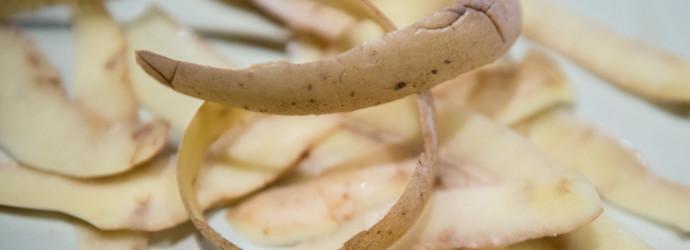
Tips from seasoned gardeners
If you do not have time to implement the long process of preparing potato peelings, in the fall you can use the advice of experienced gardeners and take the following steps one by one:
- remove fallen leaves and other parts of the culture;
- dig up the ground around the currant bushes;
- prepare a shallow groove around the trunk circle and fill it with dried potato peels (the recommended layer thickness is 5 cm);
- pour soil on top of the fertilizer, then put dry grass in a thick layer.
Many gardeners use starch as an effective fertilizer for currants.This agent is used for powerful growth of branches, followed by the ripening of large and tasty fruits. 3 liters of cold water requires 200-300 g of potato starch. The resulting mass is kept on low heat until thickened, stirring constantly. Kissel is combined with 10 liters of water.
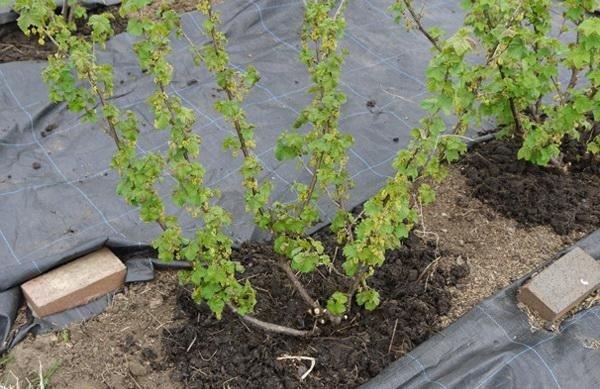
The bushes are irrigated with such a liquid after watering with plain water. One plant requires about 2-3 liters of fertilizer. The first time feeding is used before the beginning of the flowering period, again - when the berries begin to gain weight.
Often this feeding option is alternated with the use of ash. The main component is combined with water in a 1: 1 ratio. Top dressing is insisted for 2 days. To reduce the ash dosage, the resulting product is diluted in a ratio of 1:10. For each bush, 1-2 buckets of fertilizer are used, this is the optimal volume.
Currant bushes respond positively to the intake of starch and glucose, which are rich in potato peel. This fertilizer can be applied at any time. Just a little effort, and the culture is provided with a mass of useful substances, reliably protected from many pests. The manipulations done are rewarded with a good harvest.
